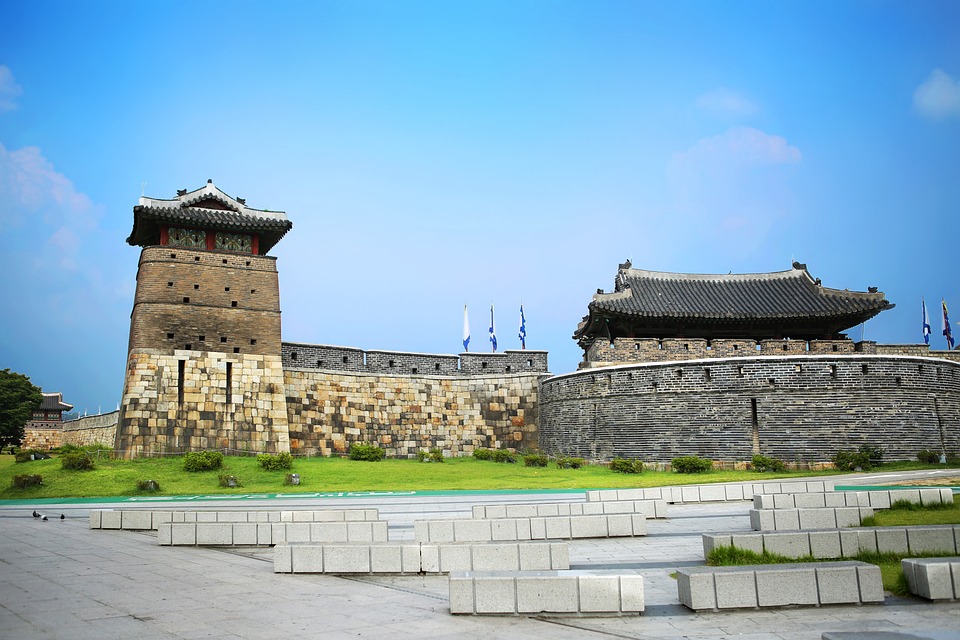
Preserving Our Shared History: The Significance of UNESCO World Heritage Sites
UNESCO World Heritage Sites are designated locations across the globe that are recognized for their cultural, historical, scientific, or natural value. These sites are deemed to be of outstanding universal value to humanity, and as such, are protected and preserved for future generations to appreciate and enjoy. The importance of these sites cannot be overstated, as they represent our shared history and cultural heritage.
The History of UNESCO World Heritage Sites
The concept of preserving important cultural and historical landmarks on a global scale was first introduced by the United Nations Educational, Scientific and Cultural Organization (UNESCO) in 1972. The World Heritage Committee was established to identify and safeguard sites of exceptional value, with the goal of ensuring their preservation and protection for future generations.
Over the years, the number of UNESCO World Heritage Sites has grown significantly, with currently over 1,000 sites in more than 160 countries. These sites range from ancient archaeological wonders to natural wonders, from historic cities to cultural landscapes. Each site is a unique reflection of the history and heritage of the region in which it is located, and serves as a testament to the creativity, ingenuity, and cultural achievements of past civilizations.
The Significance of UNESCO World Heritage Sites
UNESCO World Heritage Sites play a crucial role in preserving our shared history and cultural heritage. These sites are not just important for the countries in which they are located, but for all of humanity. They serve as a reminder of our interconnectedness and shared history, and help to foster a sense of global unity and understanding.
Furthermore, UNESCO World Heritage Sites are valuable educational resources, providing opportunities for people to learn about different cultures, civilizations, and natural ecosystems. By visiting these sites, people can gain a deeper appreciation of the diversity and richness of our world, and develop a greater understanding of the importance of preserving and protecting our shared heritage.
Protecting UNESCO World Heritage Sites
Despite their significance, many UNESCO World Heritage Sites face threats from a variety of sources, including climate change, urbanization, pollution, and unchecked tourism. As a result, the preservation and protection of these sites is an ongoing challenge that requires international cooperation and collaboration.
One of the key ways in which UNESCO World Heritage Sites are protected is through the implementation of conservation and management plans. These plans outline strategies for the sustainable development and preservation of the site, and are designed to ensure that the site’s outstanding universal value is maintained for future generations.
In addition, UNESCO works closely with the countries in which World Heritage Sites are located to provide technical assistance, training, and financial support for conservation efforts. By partnering with local communities, governments, and organizations, UNESCO helps to implement best practices for the protection and management of these sites.
The Future of UNESCO World Heritage Sites
As we look to the future, the preservation and protection of UNESCO World Heritage Sites will continue to be a top priority for countries around the world. In an era of rapid development and environmental degradation, the need to safeguard our shared history and cultural heritage has never been greater.
By raising awareness about the importance of UNESCO World Heritage Sites, promoting sustainable tourism, and implementing effective conservation strategies, we can ensure that these sites remain intact for future generations to enjoy. Together, we can protect our shared history and cultural heritage for the benefit of all humanity.
In conclusion, UNESCO World Heritage Sites are invaluable treasures that represent the collective achievements and aspirations of humanity. These sites serve as a reminder of our interconnectedness and shared history, and help to foster a sense of global unity and understanding. By preserving and protecting these sites, we can ensure that our shared heritage is safeguarded for future generations to appreciate and enjoy.